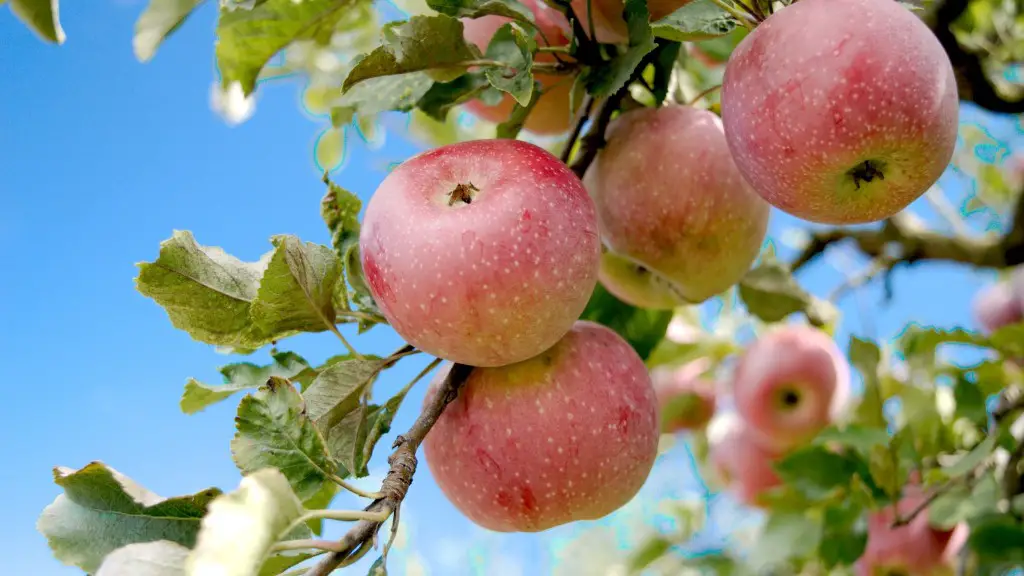The Sago Palm Tree, also known as Cycas revoluta, is a variant of a cycad Cycas, a primeval family which made an appearance before the time of the dinosaurs. It is a living fossil, the only living species in the genus Cycas, which features unusual and primitive features. This species can be distinguished easily by its large and bright green leaves that almost look palm-like.
The Sago Palm Tree is native to southern Japan and is also found in Taiwan, the Ryukyu Islands, and parts of the Philippines. It may also be grown in tropical and subtropical countries, like Florida and California, providing the soil is well-drained and the temperature does not fall below 55F. Flowers are usually a creamy yellow and are highly aromatic.
Typically, the Sago Palm Tree grows about 6-15 feet high, but can reach a height of over 20 feet. The trunk is usually short and wide and the leaves are large, fan-shaped, and light-green in color. It will typically take around 10 years before the Sago Palm Tree flowers, but it can be as long as 15 years. The leaves are poisonous and can cause vomiting, diarrhea, and other medical issues.
The Sago Palm Tree is known for its beautiful ornamental features. It has a unique, exotic look that sets it apart from other plants in the garden. It requires very little maintenance and grows fairly slowly. This makes it an attractive choice for landscaping or as a showy houseplant. It can also be successfully grown indoors, as long as it is situated in an area with adequate light and the soil is well-drained.
The Sago Palm Tree does have some dangers that should be noted. The leaves are highly dangerous for children, pets and livestock, as they are poisonous. Depending on the variety, the plant can grow quite large, so it’s important to make sure that it is situated in an area where it will not interfere with sidewalks, pools, and other nearby structures.
The Sago Palm Tree can be a great addition to a garden or home, as long as all of its dangers and requirements are considered. With the right location and specific care, it will reward its owners with its unique beauty and long-term presence.
Uses Of Sago Palm Tree
The Sago Palm Tree has many uses since ancient times. One of these was as a source of food, where the stem was boiled and eaten. The fronds were used for weaving and making shelter. Today, the Sago Palm Tree is still used as an ornamental. The height and beauty make it an attractive choice for a feature in a garden or home. The bright green leaves create a tropical vibe and can be used as a backdrop to highlight other plants.
In Asia, the Sago Palm Tree is widely used to create sacred environments, respectful of Nature and the spirits of Nature. It is believed to have the power to ward off negative energies and protect the home. It is also very popular in the bonsai culture, where it can be trained, pruned and shaped into many different styles.
In Thailand, the Sago Palm Tree is used to create Tham Phu Kham Cave or Blue Room, a mystical site built hundreds of years ago with trunks, roots, and branches of Sago Palms. The room is considered a sacred space, and a visit to the site is a pilgrimage for many worshippers.
Aside from its ornamental uses, the Sago Palm Tree also has many medicinal uses. Its leaves are used to make teas and powders, which can be used to treat fever, throat pain and skin rashes. The leaves and nuts from the Sago Palm Tree also contain several essential fats and minerals, making them a valued dietary supplement for people living in countries such as India.
Finally, the wood from the Sago Palm Tree is sold for firewood and pulpwood. Additionally, the trunk is processed to be used in making furniture and decorative items.
Importance Of Sago Palm Tree
The Sago Palm Tree plays an important role in both ecological and economic terms. It is a victim of illegal logging and trade, as these plants are much sought after for their ornamental appeal. Thus, they are removed from their wild habitats and cultivated in nurseries or gardens. Illegal logging reduces natural resources and disrupts the environment, leading to soil erosion, climate changes and other environmental problems.
To protect the Sago palm, organizations, such as the World Conservation Union, the International Palm Society, and the Cycad Society, have developed a number of conservation and education initiatives. These include the development of a Conservation Strategy, the production of a Conservation Database, and the establishment of a Database of Cycad Species.
The Sago Palm Tree is also important economically. It is a popular ornamental tree that has great value in the landscape, providing shade and a unique backdrop. It is also believed to bring spiritual and even health benefits. Additionally, its bark is used to make handicrafts and its wood for construction.
Finally, the Sago Palm Tree is an important source of food for some groups of people, especially in impoverished areas. In India, the roots of the Sago Palm Tree are boiled and eaten as a nutritional supplement. This can be especially helpful in a region where access to certain foods is limited due to poverty.
Risks Of Growing Sago Palm Tree
The Sago Palm Tree is considered a “weed” in some countries, and it is important to know the risks associated with growing this species. As this species is native to humid subtropical and tropical climates, it will not tolerate cold temperatures and may die out in such an environment. Additionally, the plant produces a toxin that can be dangerous to children and pets if they come into contact with it.
The Sago Palm Tree is also considered a pest in some countries, as it is one of the few plants that can survive in highly polluted and salty soil. This makes it highly invasive, with the ability to choke out native plants or introduce foreign insects or fungi.
Furthermore, the Sago Palm Tree is prone to certain diseases. A common one is “Sago Palm Disease” caused by a fungus that gradually eliminates the plant. Another is cycad scale, which is a small insect that infests the trunk and leaves of the palm, causing damage.
Finally, the Sago Palm Tree is an allergen for some people. Its large, frond-like leaves can cause an allergic reaction on contact. For these reasons, it is important to be aware of the risks associated with growing the Sago Palm Tree and take appropriate safety measures.
Care Of Sago Palm Tree
To ensure the health of your Sago Palm Tree, it is important to take proper care of it. As mentioned, this species requires well-drained soil, preferably in a sunny location. It is also very tolerant of drought and periods of low humidity, so water it cautiously. To promote healthy growth, fertilize the Sago Palm Tree by adding organic compost to the soil every two months or so.
If you want to maintain or shape the plant, it is important to prune it regularly. This will help with maintaining its size and encouraging bushy foliage. When pruning, make sure to cut away any dead or damaged leaves. It can tolerate a range of temperatures, but it’s important to make sure that the temperature does not drop below 55F, as cold temperatures can cause the leaves to droop and start to discolor.
Finally, for special occasions, you can use a bit of designer’s touch with the Sago Palm. Adding a bit of string of lights to the Sago Palm Tree will give the yard a romantic, whimsical look. This can be done easily by tying the lights around a few of the lower branches, being careful not to harm or interfere with the plant’s growth.
Optimal Location Of Sago Palm Tree
Finding the right location for your Sago Palm Tree is an important part of successful gardening. It needs ample sunlight, partially shaded or even full shade. Depending on the variety, the plant may need more or less sun, so you will need to take this into consideration. It also needs well-draining, porous soil, and protection from strong winds and extreme cold.
It is important to keep the Sago Palm Tree out of reach of children, pets, and livestock. This will prevent any potential health issues associated with the poisonous leaves and fruit. Additionally, make sure that the Sago Palm Tree is planted in a location where its size will not interfere with any nearby structures, such as walkways and pools.
Finally, the Sago Palm Tree makes an excellent houseplant, as it prefers temperatures between 50F and 80F. Place it in an area where it is exposed to indirect natural light, such as near a window or near an outdoor garden. Keep the soil moist and mist the leaves with water once a week to prevent dehydration.
Conclusion
The Sago Palm Tree is a unique and beautiful plant that dates back to prehistoric times. It is an ornamental and exotic plant that requires minimal care and will bring a tropical feel to any garden. Despite its beauty and ease of care, it does have its dangers, particularly when it comes to the leaves and fruit, as they are poisonous. Additionally, it is important to be aware of the risks of growing the Sago Palm Tree, such as invasiveness and certain diseases.
Before planting a Sago Palm Tree, it is important to understand its requirements, its importance and its risks. Make sure to choose the right spot, taking into account the light, soil, and temperatures necessary to ensure the plant’s health and safety. With the proper care, the Sago Palm Tree will reward its owners with its beauty, its presence, and its spiritual energy.





